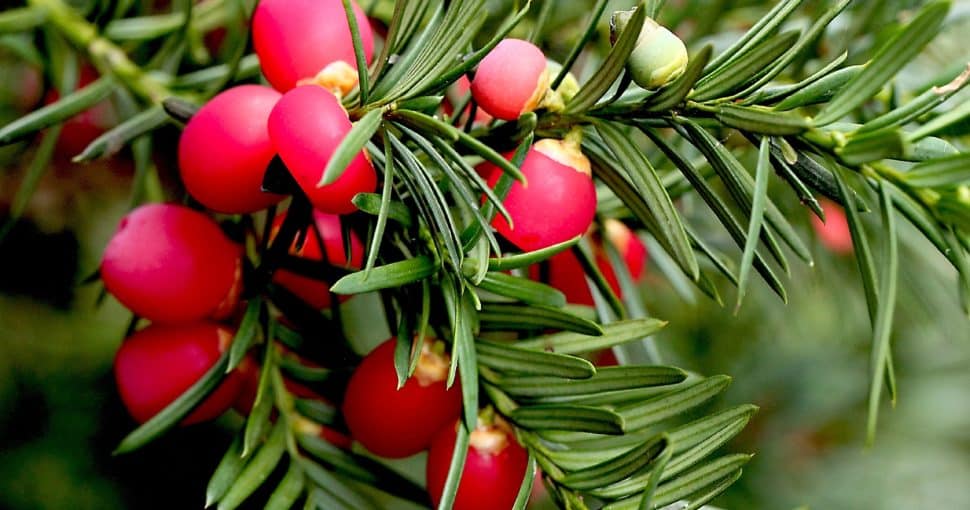You may find a variety of plants lurking in backyards, fields, forested areas, and hiking trails throughout New York. While they may seem harmless, they have the potential to poison you. It is common to come across numerous types of toxic plants growing along highways and at various other locations across the city, including the suburbs.
Contents
- 1. Poison Hemlock (Conium Maculatum)
- 2. Poison Ivy (Toxicodendron Radicans)
- 3. Poison Sumac (Toxicodendron Vernix)
- 4. Giant Hogweed (Heracleum Mantegazzianum)
- 5. Cow Parsnips (Heracleum Maximum)
- 6. Stinging Nettle (Urtica Dioica)
- 7. Mistletoe (Viscum Album)
- 8. Dumb Canes (Dieffenbachia)
- 9. Yellow Iris (Iris Pseudacorus)
- 10. Japanese Barberry (Berberis Thunbergii)
- 11. English Yew (Taxus Baccata)
- 12. Azaleas (Rhododendron)
- 13. Blue Flag (Iris Versicolor)
- 14. Spotted Jewelweed (Impatiens Capensis)
These plants can induce a wide range of reactions, ranging from small irritations that heal up in a short period to lifelong scarring damage. Some of them can cause blisters, burning, and scarring that can remain for several years, while others can cause discomfort and itching that can last for a few hours to a few days.
When consumed by humans, these toxic plants can lead to a range of problems, with the severity of the symptoms fluctuating based on several conditions. It is important to remember that some poisonous plants may also be harmful to animals. As a result, you should be cautious when walking your pet on neighboring wooded paths.
This article aims to assist you in identifying the most toxic plants in the state of New York that you should avoid coming into contact with.
1. Poison Hemlock (Conium Maculatum)
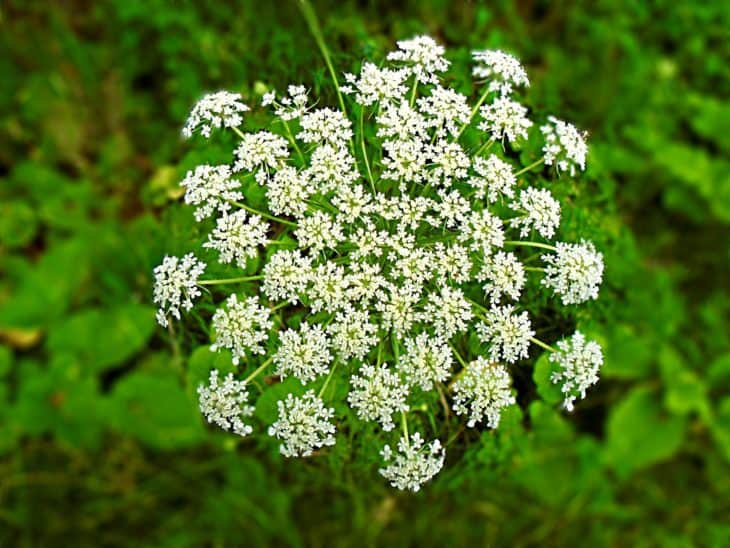
Small quantities of green or dried herb can harm cattle, sheep, horses, swine, and other domestic animals. In addition, it is highly toxic to humans. White blooms appear in groups along the stems of poison hemlock. The development of each bloom forms green, deep-ridged fruits with numerous seeds. The color of the fruit darkens as it ripens. In the spring, poison hemlock begins to sprout.
2. Poison Ivy (Toxicodendron Radicans)
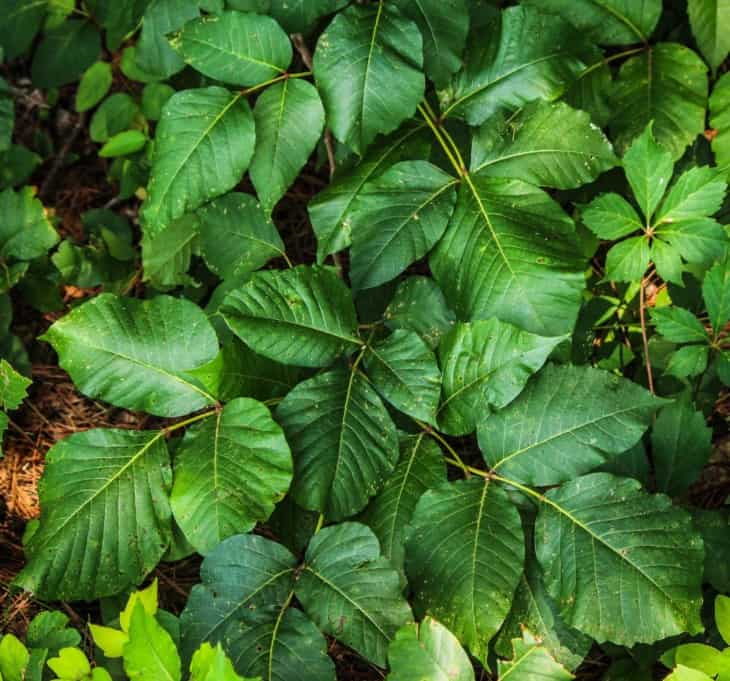
Eastern poison ivy is a toxic plant that belongs to eastern North America. When people touch this plant, they may get severe, itchy, and painful skin irritation. This plant has a wide range of growth patterns. The leaves typically have three leaflets, which may be hairless and glossy or hairy, complete, lobbed, or toothed, depending on the species. Mature leaves become crimson or yellow in the fall, depending on the variety.
3. Poison Sumac (Toxicodendron Vernix)
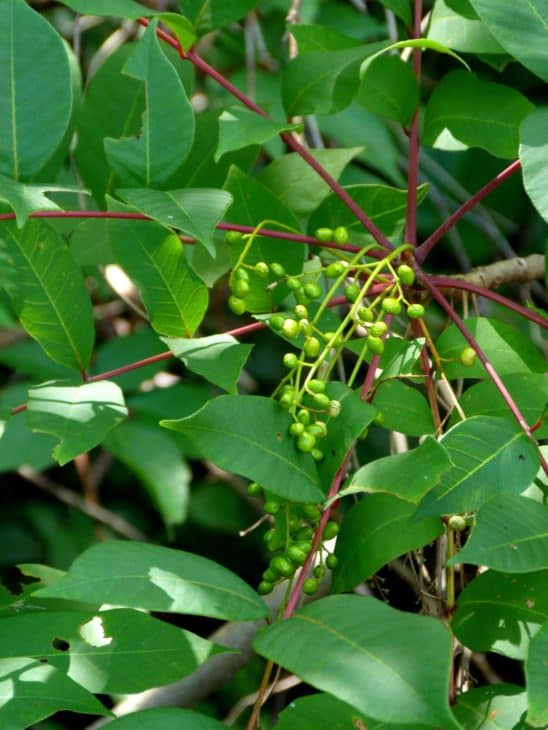
Poison Sumac grows in eastern North America’s marshy, acidic soils. It includes urushiol, which may be exceedingly irritating to the skin for some people when exposed to the air. Poison ivy and western poison oak are close relatives, although this plant is more allergic. You may experience itching and soreness for days or even weeks when you come into contact with this plant. This condition is called contact dermatitis and can last for months.
4. Giant Hogweed (Heracleum Mantegazzianum)
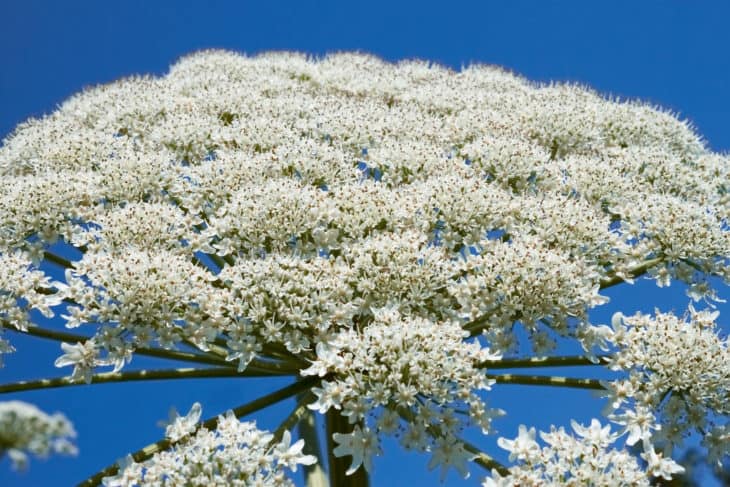
Giant hogweed has a tendency to displace innate species and it is dangerous to human health. The sap of giant hogweed poses the biggest threat to people. The sap contains furocoumarins, which can trigger a skin response called phytophotodermatitis. This makes the skin very vulnerable to the sun’s rays. The skin is swollen and blistered, and scarring is possible. When anything comes into contact with your eyes, it might temporarily blind you or cause permanent vision loss.
5. Cow Parsnips (Heracleum Maximum)
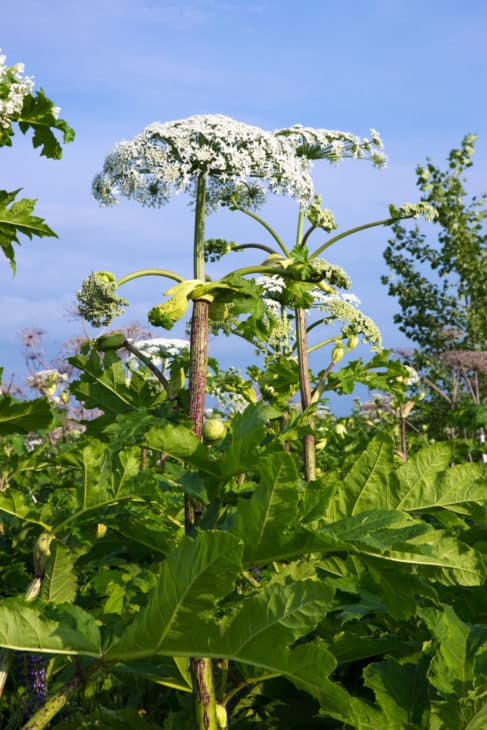
When the clear sap of cow parsnip comes into contact with the skin, it can cause a rash that results in blisters and hyperpigmentation. Some of the furanocoumarins in cow parsnip are known to have antimicrobial characteristics and are responsible for this rash. A condition known as phytophotodermatitis, which causes skin blistering, may arise if the sap is exposed to sunlight. For certain Heracleum species, the scars and coloration generated by these blisters can remain for months or even years.
6. Stinging Nettle (Urtica Dioica)
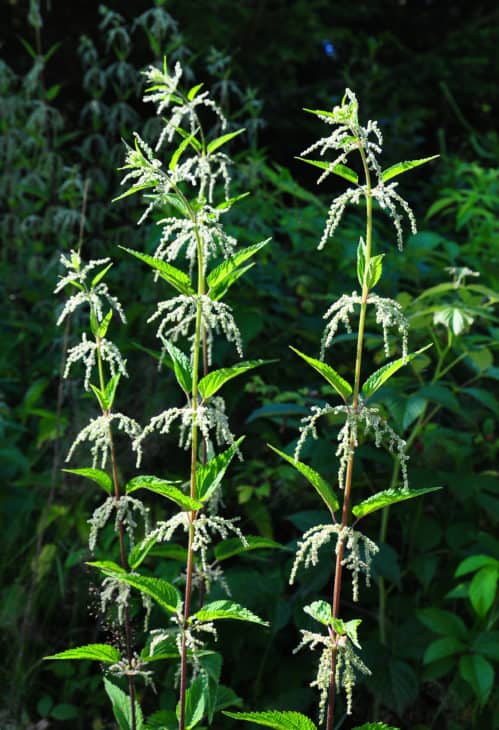
The stinging hairs on the leaves and stems of this herbaceous plant contain formic acid and other irritants. The stinging acid is injected into the skin through these needle-like hairs, causing a burning and tingling feeling and an itching rash. Fortunately, the symptoms normally only last around 24 hours. Even more interesting is that the cooked plant is safe to eat and popular as a vegetable in several world regions.
7. Mistletoe (Viscum Album)
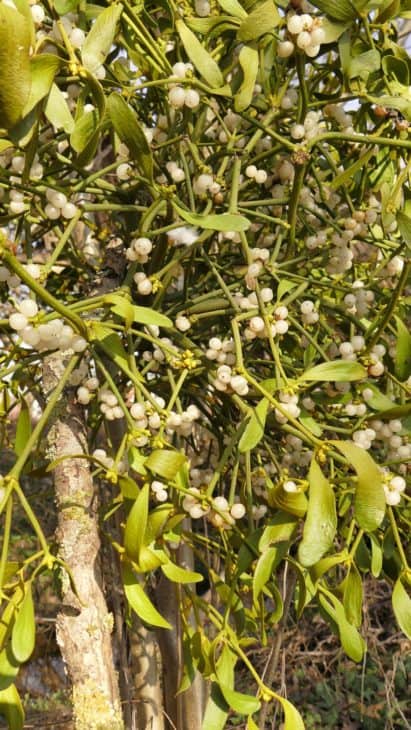
Mistletoe is a semiparasitic evergreen plant that grows on the branches of deciduous trees. The plant’s roots enter the host tree’s wood by penetrating its bark. Some symptoms of minor consumption of its berries, leaves, or stems might include abdominal discomfort, vomiting, and nausea. Seizures and hypertension are possible side effects of massive ingestion. Mistletoe extracts have been made into extremely poisonous teas and used as illegal abortifacients in various countries.
8. Dumb Canes (Dieffenbachia)
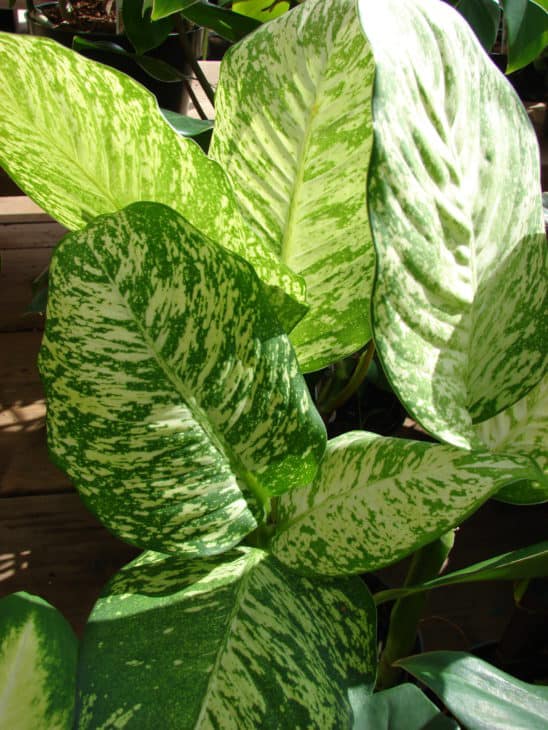
Inexperienced and seasoned plant enthusiasts enjoy dieffenbachia because these houseplants are easy to care for. These flowering plant genera have more than 500 species. The two common names for dieffenbachia are dumb cane and mother-in-law’s tongue plant, reflecting its toxicity when consumed. It is common for Dieffenbachia leaves to have a mix of green, yellow, and white, depending on the species.
9. Yellow Iris (Iris Pseudacorus)
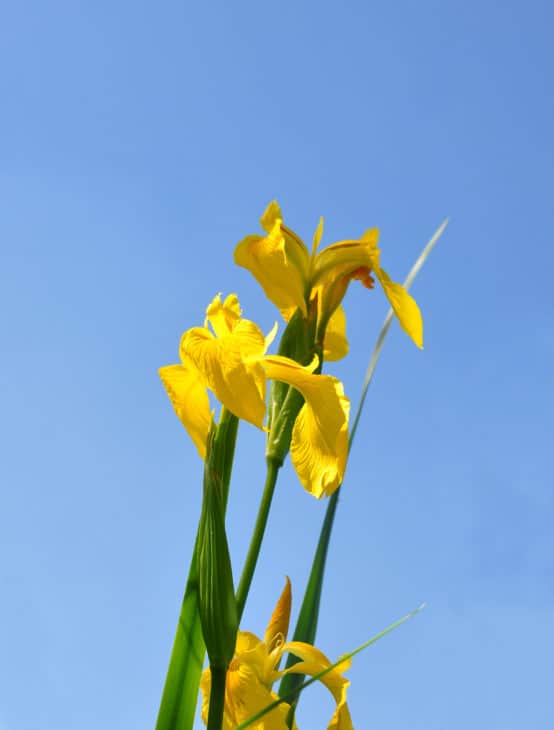
Several iris-derived chemicals may be harmful to humans, including iridin, irisin, and cuisine. Glycoside iridin poisoning can result in vomiting, nausea, diarrhea, stomach discomfort, and a high temperature. Also, Iris can cause skin irritation or dermatitis, so be careful when handling it.
10. Japanese Barberry (Berberis Thunbergii)
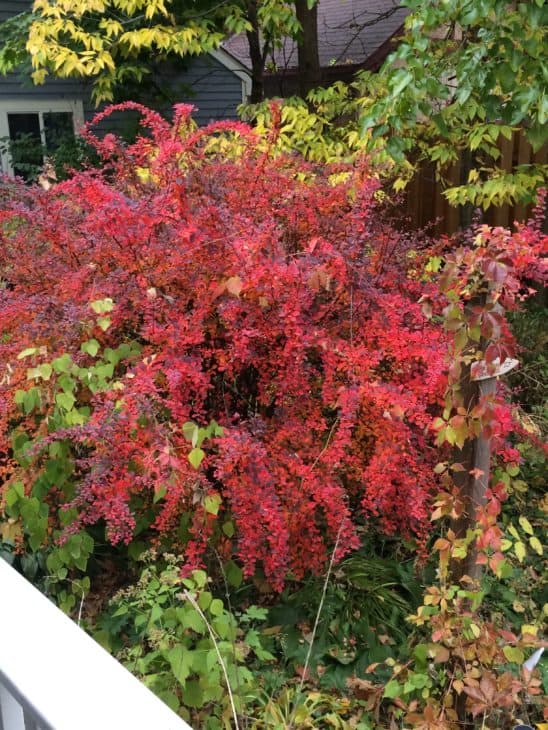
This species of barberry, Berberis thunbergii, is native to Japan and eastern Asia but has also spread to China and North America, where it has become an invasive species. This plant has several medicinal and toxic uses. Berberine is a bitter-tasting yellow chemical that is found in this plant’s fruits and seeds.
11. English Yew (Taxus Baccata)
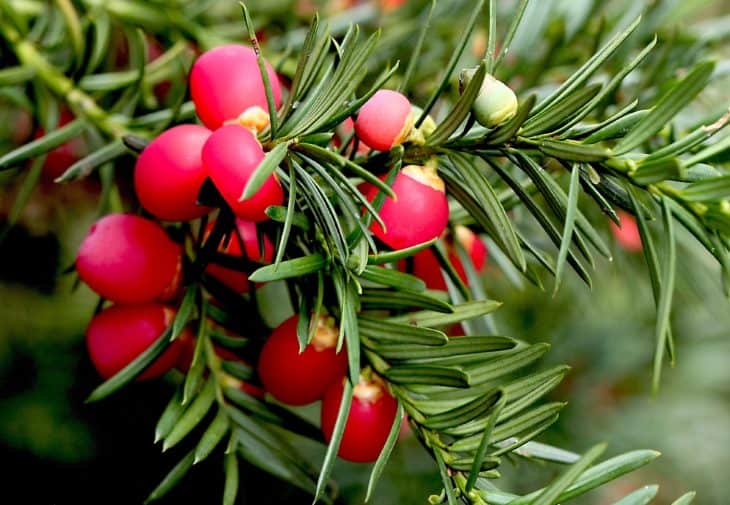
The evergreen tree (Taxaceae Taxus baccata) is native to western, southern, and central Europe and northwest Africa, the southwest Asian region, and northern Iran. European yew is one of the most well-known toxic plants in the world. Humans and cattle can die by eating even a small amount of leaves. Taxines, a class of alkaloids, found in yew leaves, are thought to be responsible for their toxicity, with taxine B likely to be the most lethal.
12. Azaleas (Rhododendron)
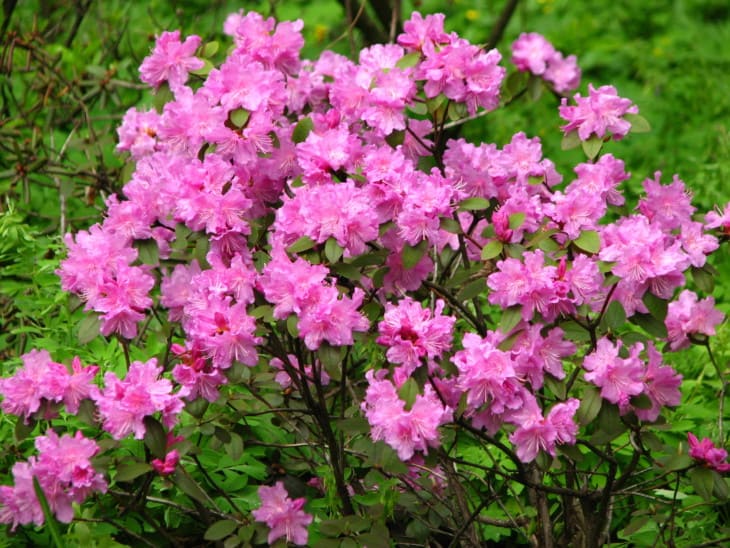
Toxins can be found in the leaves and flower nectar of this plant, including honey derived from plant nectar. Toxic or deadly doses may be as low as 3 ml nectar/kg weight or 0.2 percent of body weight in the form of leaves. The toxin may also result in a malfunctioning cardiac rhythm and could lead to low blood pressure and heart rate. Symptoms like this might be fatal. Ingestion of the mad honey is not the only way azaleas and rhododendrons can poison humans. Consumption of the plants’ leaves, nectar, or blooms can also be hazardous.
13. Blue Flag (Iris Versicolor)
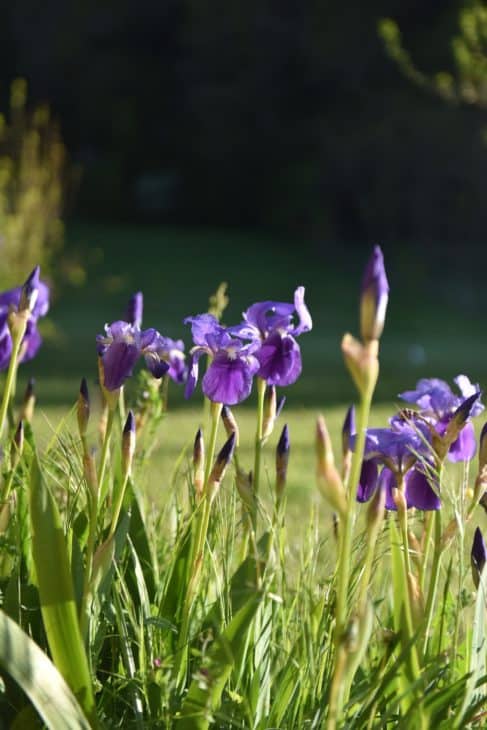
One of the most beautiful and resilient perennials, Iris versicolor, is known for its striking thin pointed leaves. Beautiful blue Irises bloom in the early summer and tower over the vegetation. The blue flag has been declared toxic for consumption. Toxins from the roots might cause vomiting and nausea. Some people may get skin irritation due to coming into contact with the plant.
14. Spotted Jewelweed (Impatiens Capensis)
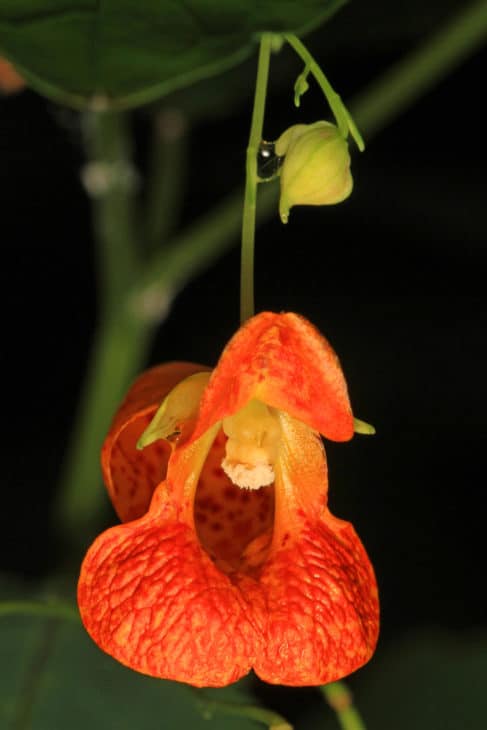
A summer wildflower, the spotted jewelweed is sometimes referred to as jewelweed because of its abundance in marsh and forest environments. They may reach heights of 3 to 5 feet and have no thorns. Stinging caused by nettle and poison ivy can be eased by applying the sap from these delicate plants. As a result, rather than triggering an allergic reaction, this plant aids in reducing symptoms.
Alternatives: 8 Plants That Look Like Impatiens

